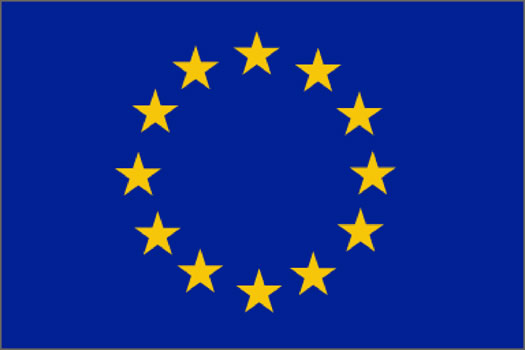EU earmarks €763m for digital transformation, cybersecurity
As part of its Digital Europe work programmes for 2024, the European Commission has assigned €762.7m in funds for Digital transformation, AI, cybersecurity, and more.
According to telecoms.com, the lion’s share of the funds, nearly €549m, will be spent delivering continuity and evolution of ongoing projects and the multi-country projects under the Digital Decade targets (a roadmap that aims to accelerate the digital transformation of Member States by 2030).
The ongoing projects, originally launched in March, include the use of digital technologies such as supercomputers, data, AI, cloud, cybersecurity, and advanced digital skills. The multi-country projects involve increased efforts on AI, as well as additional actions related to key digital policies such as virtual worlds, cloud, and quantum.
“The Digital Europe Programme is key for pooling EU and national funding to achieve ambitious digital projects that no Member State can do alone.” said Margrethe Vestager, VP at EU. “It is crucial that Europe continues to support our digital decade targets with enhanced focus on digital skills, excellence in artificial intelligence, and cybersecurity.”
New activities will also get launched under the funding that aim to support the implementation of the AI Act, EU’s approach to ensuring the development of AI includes ethical underpinnings, and the development of a European AI ecosystem with special focus on small and medium enterprises.
Other policy areas the EU considers key as part of this subsection of the funding include “seed funding for a pilot demonstrating seamless integration and interoperability of Industrial IoT Edge with Telco Edge developments, the establishment of a 3D Competence Centre for the Cultural Heritage sector, and the provision of quantum-based metabolic MRI sensors for cancer diagnosis and treatment.”
The remaining €214m has been earmarked for cybersecurity with the view to improve the collective resilience of member states against cyber threats, including the implementation of the Cyber Resilience Act.
The European Cybersecurity Competence Centre (ECCC) will be in charge of implementing the actions under this work…




